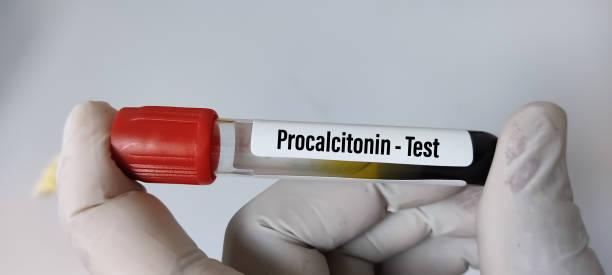
When it comes to diagnosing and managing infections, early detection is crucial to ensuring timely and effective treatment. In recent years, medical professionals have turned to a valuable biomarker known as procalcitonin to aid in the identification of sepsis. Procalcitonin is a protein that plays a pivotal role in the body's response to infection, making it an invaluable tool for diagnostic centres.
Understanding Sepsis
Sepsis is a potentially life-threatening condition that arises when the body's response to infection goes haywire. Rather than combating the infection, the immune system triggers an inflammatory response that can lead to widespread tissue damage, organ failure, and even death. The challenge in treating sepsis lies in its rapid progression, requiring early intervention for better patient outcomes.
The Role of Procalcitonin
Procalcitonin is a precursor protein to the hormone calcitonin, which helps regulate calcium levels in the body. Its levels in the bloodstream are typically low or undetectable in healthy individuals. However, when a bacterial infection is present, procalcitonin production rapidly increases, reaching significantly elevated levels.
Advantages of Procalcitonin as a Sepsis Marker
Early Detection
Procalcitonin levels begin to rise within a few hours after the onset of a bacterial infection, making it an excellent early marker for sepsis. Its quick response time allows healthcare providers to initiate appropriate treatment promptly.
Differentiation of Infections
Procalcitonin levels can help distinguish between bacterial infections and viral infections. This differentiation is crucial since the management of these two types of infections varies significantly.
Treatment Monitoring
Monitoring procalcitonin levels during the course of treatment can assist healthcare professionals in assessing the effectiveness of the prescribed therapy. A decline in procalcitonin levels suggests a positive response to treatment, while persistently high levels may indicate treatment failure or the presence of complications.
Reduction of Antibiotic Overuse
As procalcitonin levels correlate with the severity of the infection, it can aid in determining whether antibiotic therapy is necessary. This can help reduce unnecessary antibiotic prescriptions and, in turn, combat the growing concern of antibiotic resistance.
Conclusion
Procalcitonin has emerged as an indispensable biomarker for detecting sepsis in its early stages. Its ability to provide rapid and accurate information on the presence of a bacterial infection has transformed the way healthcare professionals diagnose and manage sepsis. By leveraging procalcitonin testing at diagnostic centres, medical practitioners can initiate timely interventions, improve patient outcomes, and contribute to the global efforts in combating antibiotic resistance.
As the medical field continues to advance, the integration of procalcitonin testing into routine clinical practice promises to enhance patient care and safety, reinforcing its position as a critical tool in the fight against sepsis.

